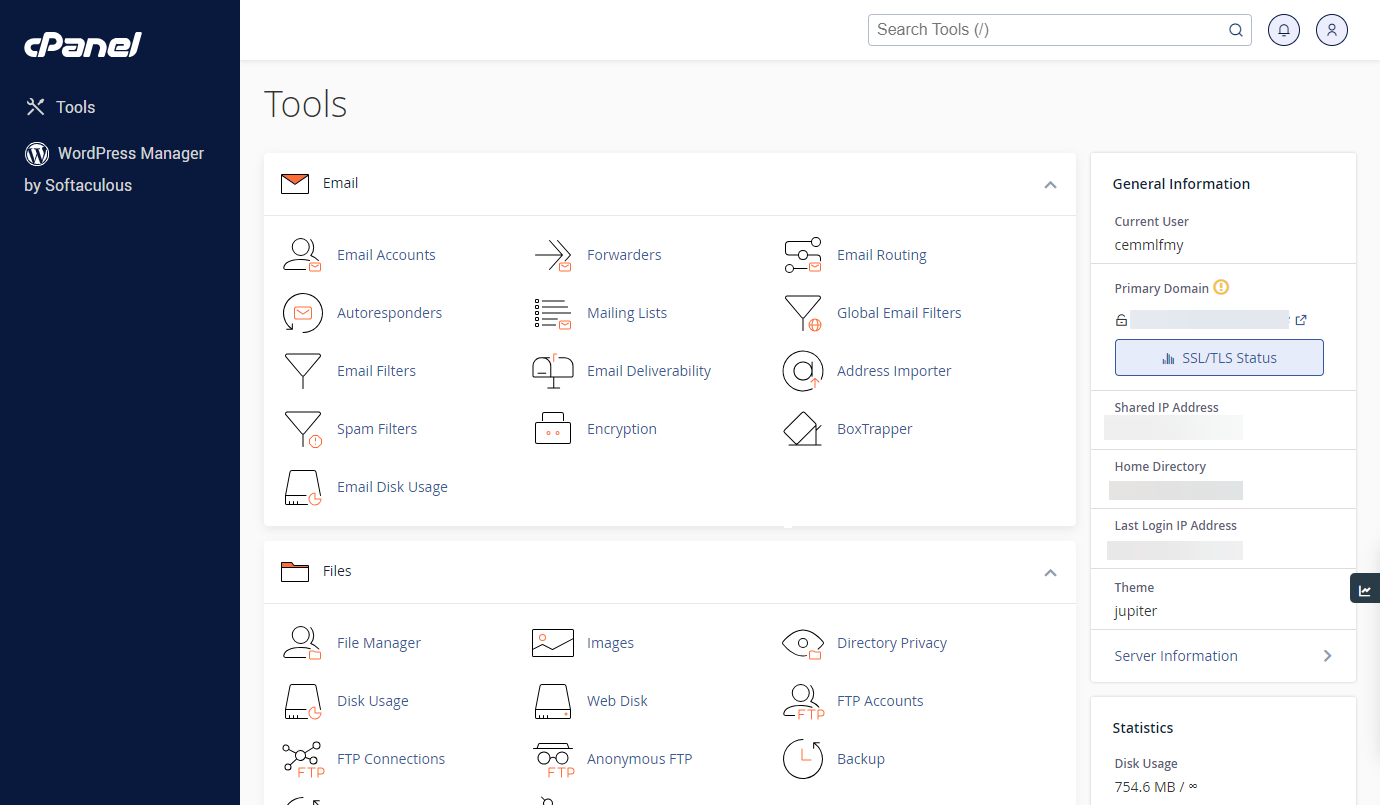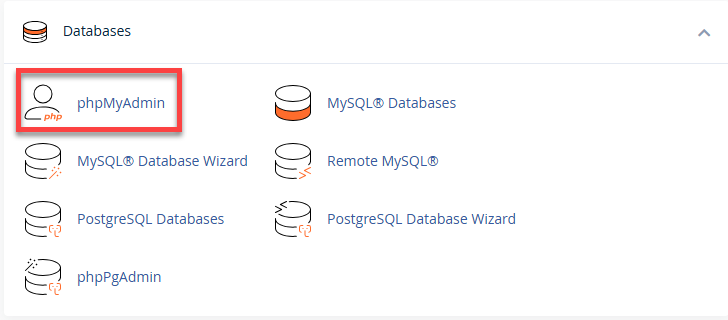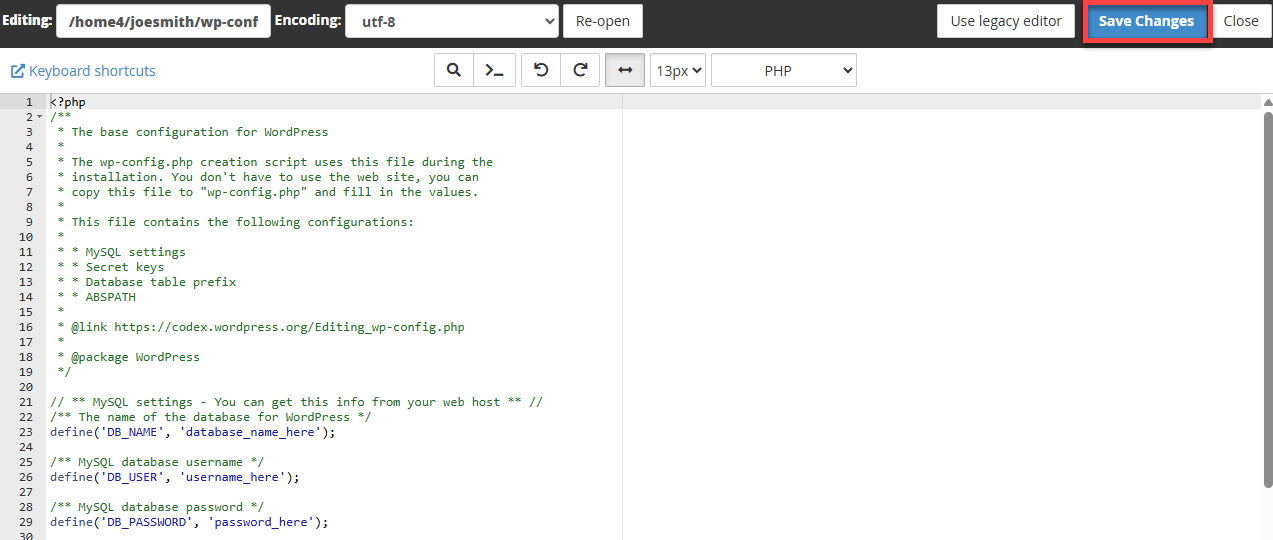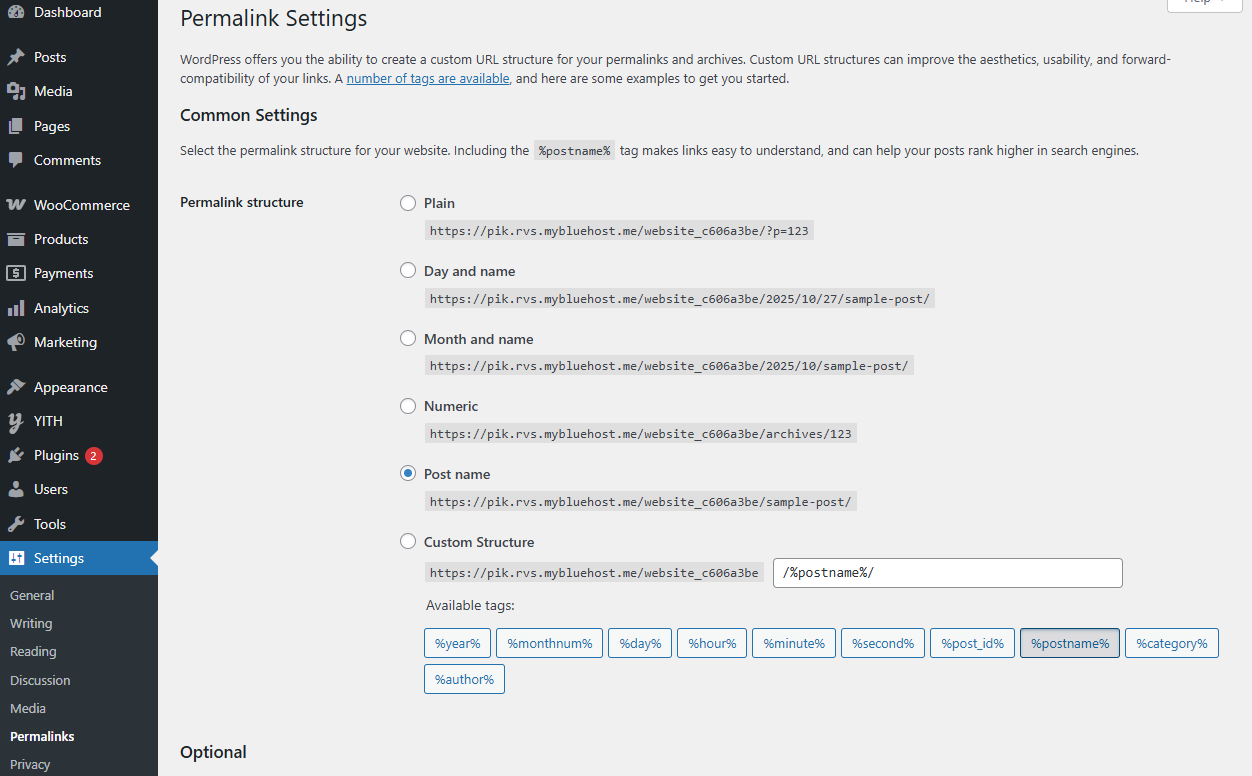Manual WordPress Website Migration: How to Export/Import a WordPress Database
WordPress migration involves transferring a site to a different hosting provider. Website owners do this to enhance performance, security, and access to advanced features. It supports the website's growth and improves its overall efficiency.
This guide will walk you through the process of a manual WordPress website migration. Follow these steps:
Transfer Your Files
- Connect to your current hosting account using FTP (File Transfer Protocol).
If you are unsure how to connect using on FTP, please see our article Filezilla, which explains how to set up Filezilla, a popular FTP program.
- Find the directory containing your WordPress site files, which may be in your public_html or a subfolder.
Usually, you will require all the files and folders that start with wp-.
- Use an FTP client to move files from the server to your local machine. Download the necessary files to your computer through the FTP client.
- It's time to upload the files to your new hosting account. You can use FTP to transfer them.
- To install WordPress, you need to navigate to your public_html folder or its subfolder where you want to install it.
- Upload the files from your computer to the newly designated location.
Export Your WordPress Database
- Access the wp-config.php file on your current hosting account to locate the database name that needs to be exported.
- Most cPanel-based hosting accounts should provide a copy of phpMyAdmin to access your database. You can use this to export the database as a .sql file.
If you cannot access phpMyAdmin, you can export your database's backup using a plugin. If you need assistance accessing your wp-config.php file, please see the article on How To Find Your WordPress Database.
Create a New Database
To proceed, you will need to create a new database specifically for the WordPress installation.
- In your cPanel: Navigate to the Database category and click MySQL Databases.
- Please create a new database by typing in a name for it. This will be something like myusername_wp1, with 'wp1' being the name given to the database.
- Now, create a user for the database. You will generate a password for the user, which is important to remember for a later step in setting-up WordPress.
- Once you have created the user, you will need to assign it to the database. When you do this, give the user All Privileges.
For a step-by-step guide on how to do this, please see How to Create and Delete MySQL Databases and Users.
Import into New Database
To proceed, you must create a new database specifically for the WordPress installation.
- Log in to your Bluehost Account Manager.
- Click Hosting in the left-hand menu.
- In the hosting details page, click the CPANEL button.

- Your cPanel will open in a new tab.

- To access phpMyAdmin in your cPanel, go to the database section and click on it.

- Select your recently created database, navigate to the page's left side, and choose it from there.
- Along the top of the screen, click the Import tab.

- Click the Browse button to locate the file on your computer.

- After selecting the file, click the Go button to initiate the import process.
Update Your WordPress Configuration File
To ensure that your WordPress installation is connected to the proper database, you need to take the following steps:
- Access the File Manager and locate the wp-config.php file.
- Open the wp-config.php file and edit it.

- Enter the new database information, including the database name, database user, and password.

- After making the necessary updates, save the changes by clicking the Save Changes button.
Fixing Your Permalinks
- Log in to your Bluehost Account Manager.
- In the left-hand menu, click Websites.
- Click the WORDPRESS ADMIN button located next to the website you want to manage.

- Click on the Settings option first, then choose Permalinks from the available submenu.

- You do not need to make any actual changes. Click on the 'Save Changes' button.
Doing this will update all the pages and post URLs. If you have custom themes or plugins/widgets with old URLs, you must update those manually since no plugins can modify them.
View Your Site
After completing these steps, check your website to ensure it functions correctly and looks good.
Summary
This guide explains how to manually move a WordPress site to a new host. It helps improve your site's performance and security. Consider using a robust web hosting fit for your WordPress site and enjoy a significant boost in your website's success.
But if you think manually migrating your WordPress website is a little too daunting for you right now, you can always create a new website using an easy WordPress website builder to simplify the job.
If you need further assistance, feel free to contact us via Chat or Phone:
- Chat Support - While on our website, you should see a CHAT bubble in the bottom right-hand corner of the page. Click anywhere on the bubble to begin a chat session.
- Phone Support -
- US: 888-401-4678
- International: +1 801-765-9400
You may also refer to our Knowledge Base articles to help answer common questions and guide you through various setup, configuration, and troubleshooting steps.